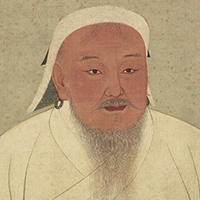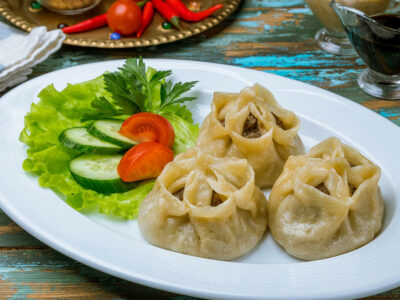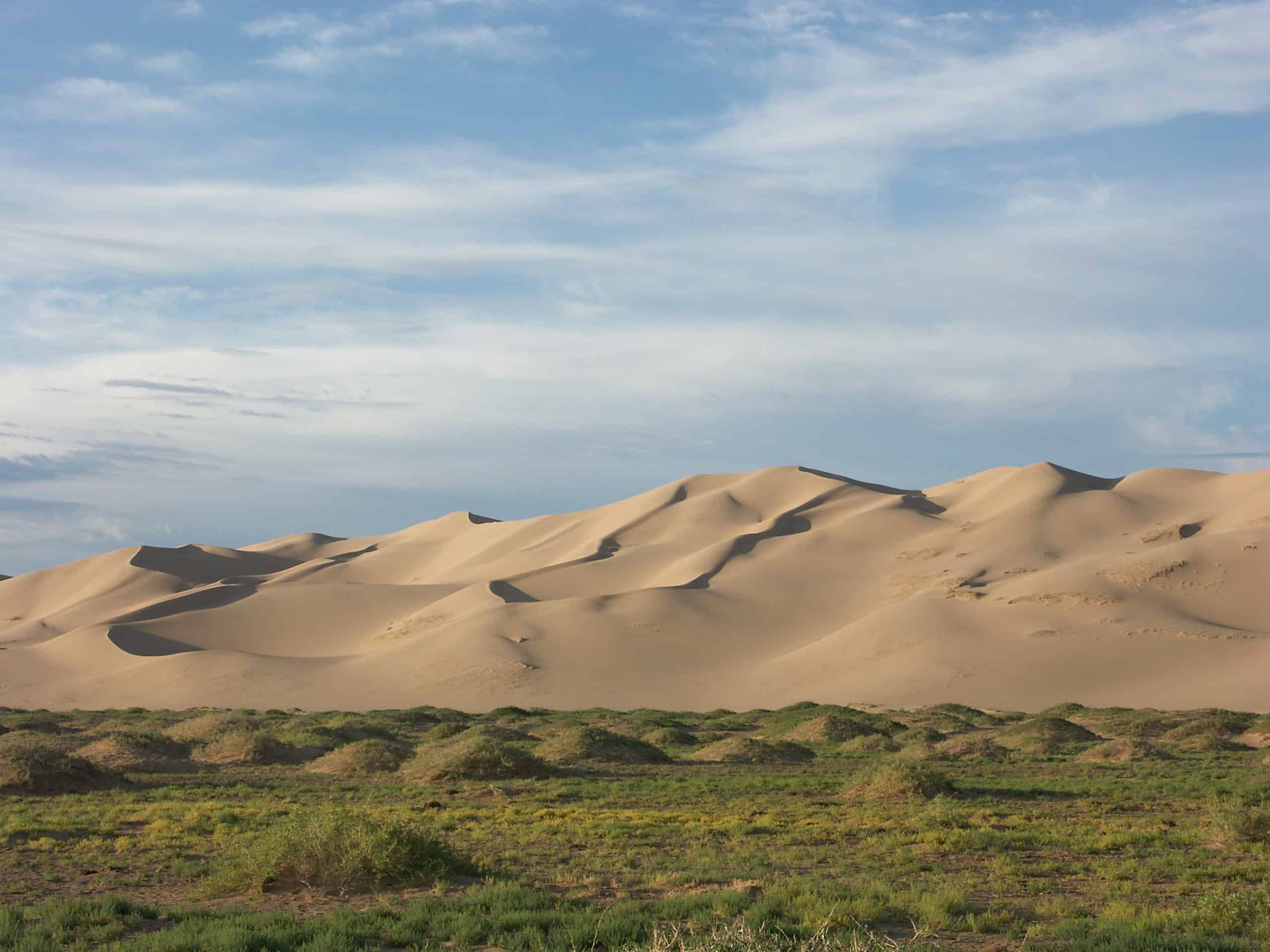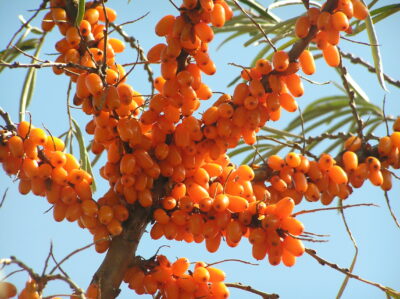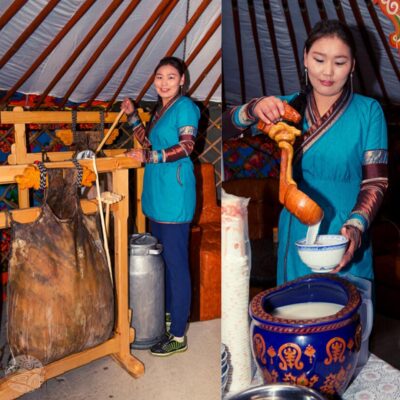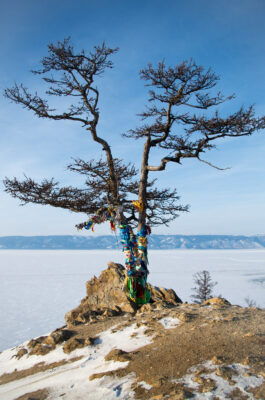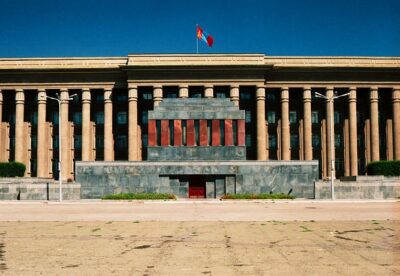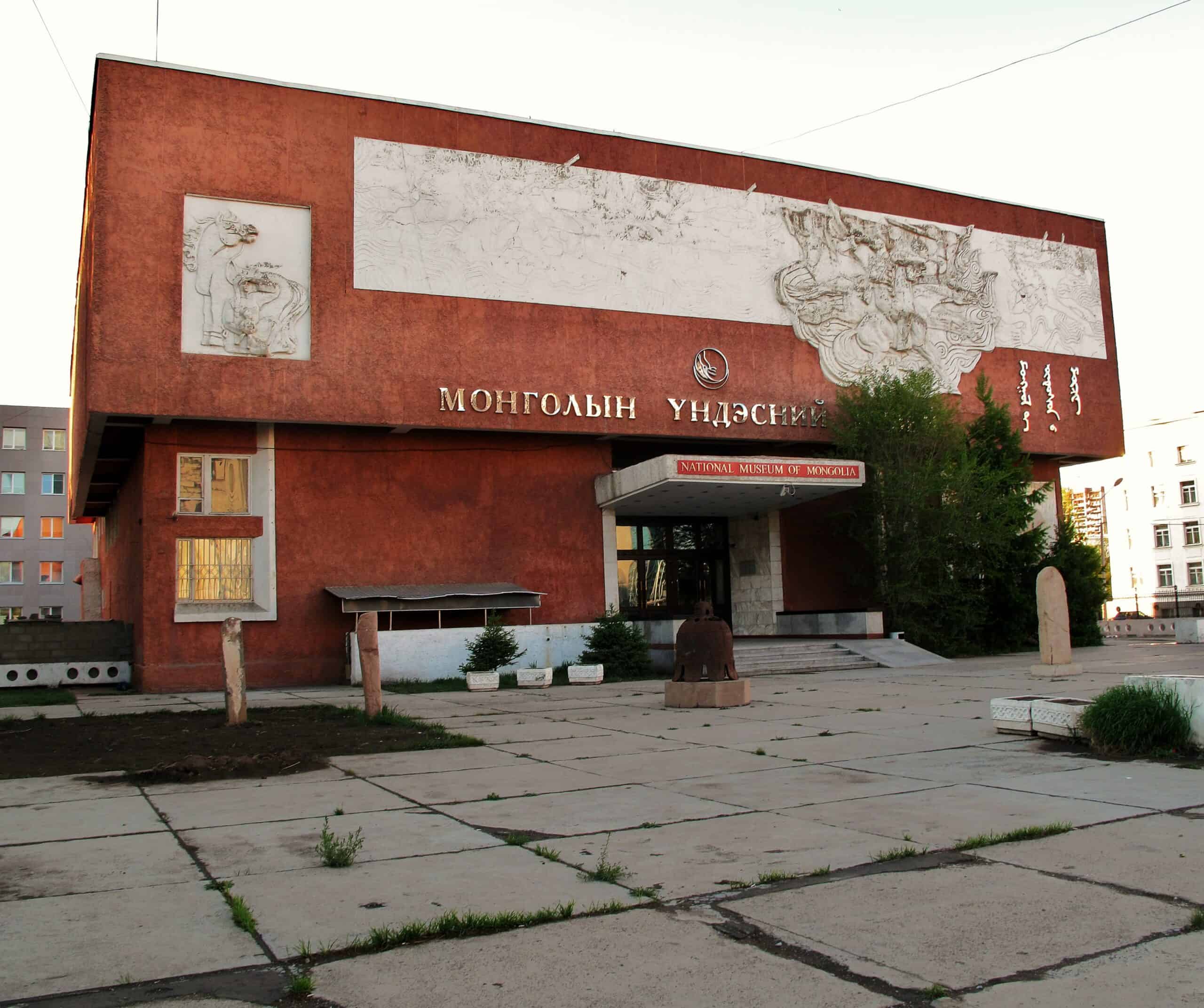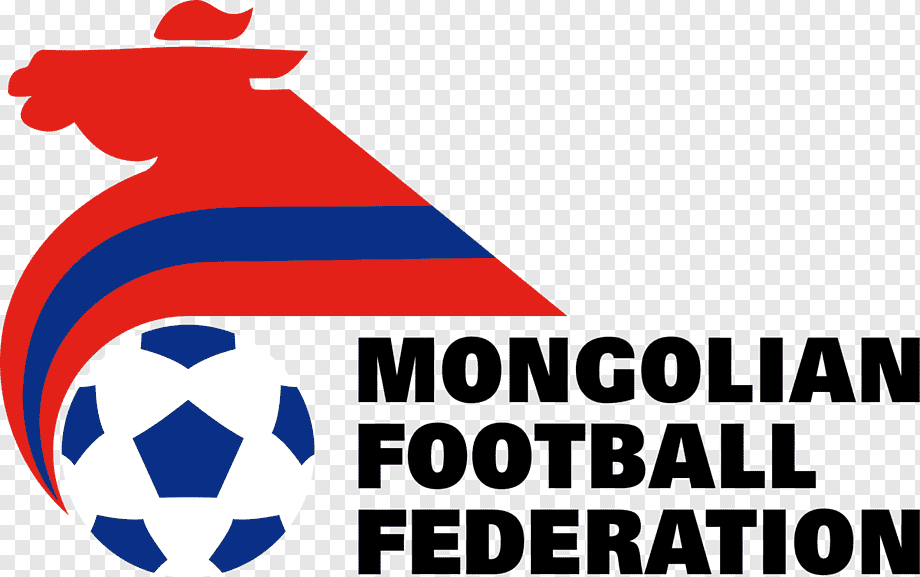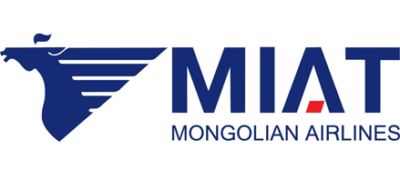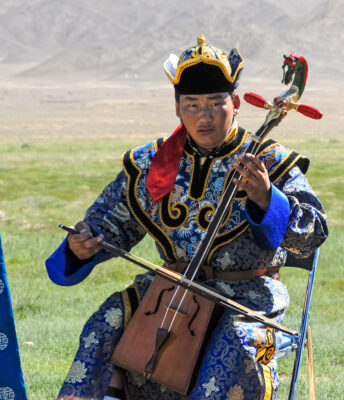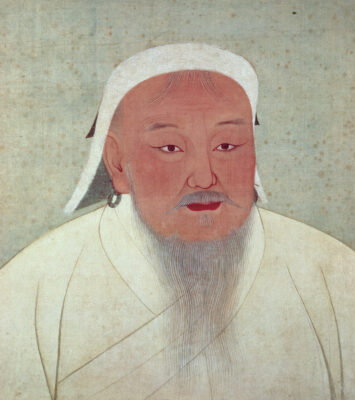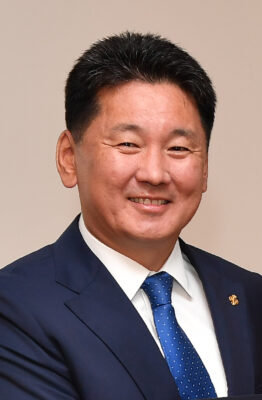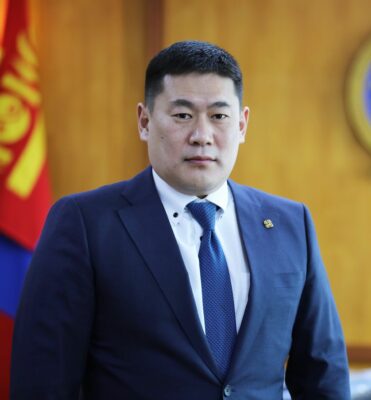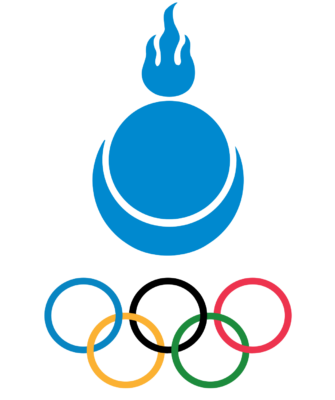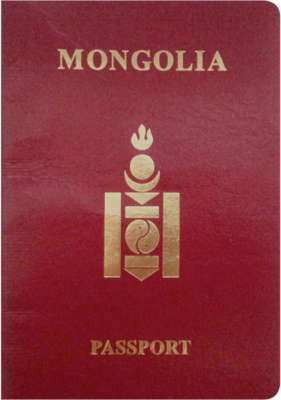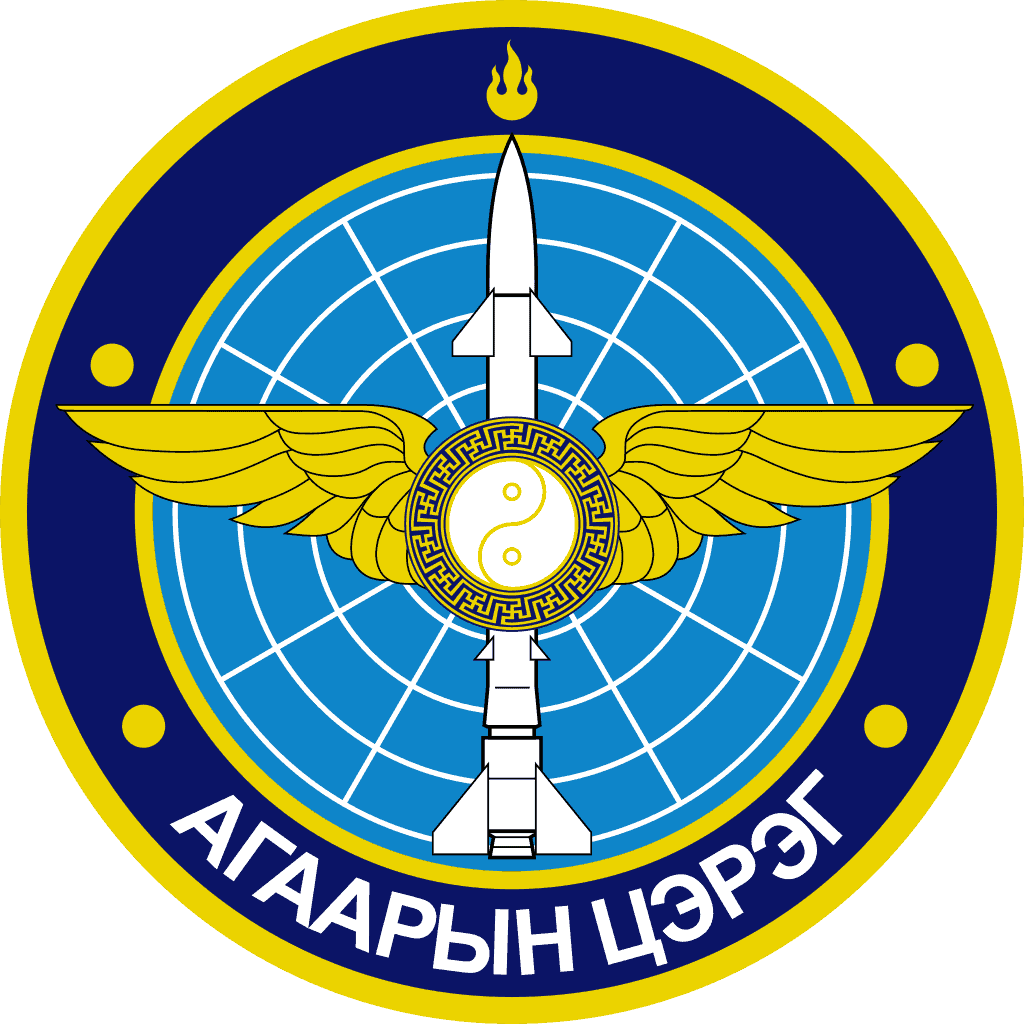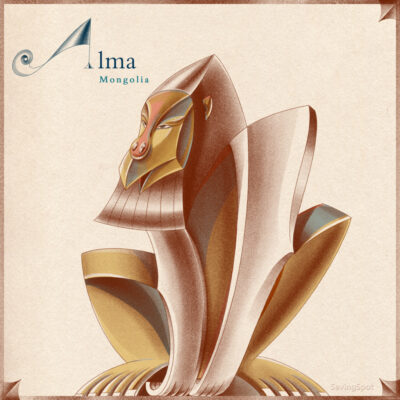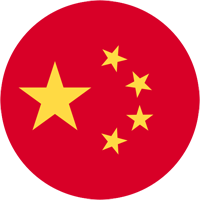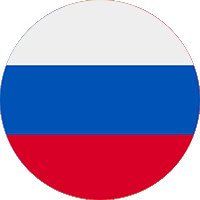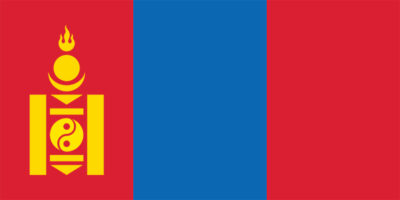National Symbols of Mongolia
Last updated on March 18th, 2023 by Editorial Staff
Table Of Contents
By | Updated on March 18, 2023
Reviewed by Rittika
Mongolia is a landlocked country in Asia. It shares borders with 2 countries: China, and Russia. The people of Mongolia are called Mongolians. The country is situated in Northern Asia, between China and Russia.
Etymology discusses where a term is considered to have originated from and how its meaning has changed over time. Etymology has been a factor in the naming of countries all across the world, and Mongolia has also been influenced. The etymology of Mongolia can be defined as; “Land of the Mongols” in Latin.
An ethnicity is a group or sub-group of people who are connected based on common characteristics which may include religion, origin, language, traditions, or culture. The ethnic groups in Mongolia include Mongols and Kazakhs.
MIAT Mongolian Airlines is the national airline of Mongolia. The national colors of the country are blue, red, and yellow. The emoji flag of the country is ????????, and the ISO code is MNG.
Mongolia is known for Mongolia’s Steppe. The national dish of Mongolia is Buuz. Airag, in addition to being a traditional beverage, is one of the country’s national drinks. The national instrument of Mongolia is Morin Khuur.
The country has the time zone UTC+7/+8 followed by yyy/mm/dd as the standard date format.
Mongolia is divided into 21 provinces. The capital of the country is Ulaanbaatar, which is also the largest city in Mongolia.
The literacy rate in Mongolia is 98.3%.
The country’s total area is 1,566,000 km² (605,000 sq mi), and the total population is 3,278,290. The country’s average elevation is 1,528 m (5,013 ft), whereas the country’s terrain can be defined as; Vast semidesert and desert plains, grassy steppe, mountains in the west and southwest; Gobi Desert in south-central. The country’s usual climate is desert; or continental (large daily and seasonal temperature ranges).
The Mongolian tögrög serves as the national unit of currency. The Bank of Mongolia, or Mongolbank, is recognized as the country’s central bank. The domain for Mongolia is .mn and the country code is +976. The Soyombo emblem is the country’s coat of arms.
Museums are known to educate and connect visitors with the nation’s history, culture, civilization, art, and architecture. The National Museum of Mongolia serves the same purpose and is considered one of the most significant tourist attractions. The National Museum of Mongolia is home to a large collection of artifacts. It has been designated as the national museum of the country.
The national dress of Mongolia is the Deel, and 26 November is designated as National Day. In Mongolia, the majority of the population practices Buddhism (official), Islam, and Christianity as their religion.
Nature is a blessing from God and we must protect it because it provides us with the oxygen and food to survive. It also helps to keep our environment beautiful and clean. To emphasize the significance of nature, Mongolia has selected a few forces of nature as national symbols. Mongolia’s national bird is the Falcon, while its national animal is the Przewalski horse. The national flower is Scabiosa, whereas the Sea buckthorn berry is the country’s national fruit. The national tree of Mongolia is the Shamaan Tree, and the highest peak is Khüiten Peak.
Mythical creatures can be found in the literature and mythologies of many different nations. They represent imaginative representations of various creatures, humans, or hybrids. They are known for their specific features, supernatural abilities, and distinctive appearance. The mythical creature of Mongolia is Alma.
Sports have always played an important role in developing the social and cultural structure of Mongolia and other countries. When it comes to designating a sport as the official symbol, Horse racing is considered the country’s national sport.
Poetry is a highly valued form of art, and many poets are considered significant national symbols of the country. The national poets of Mongolia are Dashdorjiin Natsagdorj, Byambyn Rinchen, and Hadaa Sendoo.
Genghis Khan is the founder of Mongolia, and the country’s national hero. The country’s national anthem was written by Tsendiin Damdinsüren, and composed by Bilegiin Damdinsüren, Luvsanjambyn Mördorj.
Mausoleums are buildings dedicated to holding someone’s remains. It serves as a reminder of the nation’s revolutionary fighters who sacrificed their lives for the country. Mausoleums are one of the most significant historical landmarks. The national mausoleum of Mongolia is Sükhbaatar’s Mausoleum.
Due to their unique qualities and rich cultural or historical backgrounds, national monuments around the world are of great importance. The Mongolian sand national monument (Khongoryn Els) is recognized as the national monument of the country. It attracts visitors from all around the world.
Numerous organizations are working on a global level to improve the current state of affairs and to collaborate in order to establish and maintain constructive partnerships. Mongolia is a member of the United Nations (UN). Mongolia collaborates with them to organize, analyze, and address various events and situations.
The tourism slogan of the country is “Nomadic by Nature”.
Luvsannamsrain Oyun-Erdene is the current Prime minister of Mongolia, and Ukhnaagiin Khürelsükh is the President.
Mongolia has declared Mongolian as the country’s official language.
– Further information regarding the symbols and knowledge of Mongolia can be found in the table of contents –
Country information
| Official name(s) | Mongolia |
| Alternative name(s) | Mongolia (official, English) |
| Regional location | Northern Asia, between China and Russia |
| Country name etymology | "Land of the Mongols" in Latin |
| Climate | Desert; or continental (large daily and seasonal temperature ranges) |
| Terrain | Vast semidesert and desert plains, grassy steppe, mountains in the west and southwest; Gobi Desert in south-central |
| Population | 3,278,290 |
| National Day | 26 Nov 1924 |
| Language(s) | Mongolian |
| Religion | Buddhism (official), Islam, and Christianity |
| Country code | +976 |
| Literacy rate | 98.3% |
| Currency | Mongolian tögrög |
| Capital city | Ulaanbaatar |
| ISO | MNG |
| Domain(TLD) | .mn |
| Ethnicity | Mongols and Kazakhs |
| Head of government | Prime Minister |
| Nationality | Mongolian |
| Driving side | Drive on the Right-hand side |
| Date format | yyy/mm/dd |
| Total area | 1,566,000 km² (605,000 sq mi) |
| Timezone | UTC+7/+8 |
| Average elevation | 1,528 m (5,013 ft) |
| Coastline | 0 km (landlocked) |
| Mains electricity | 220 V |
| Emergency telephone numbers | Emergency Telephone Numbers |
Coat of arms
Flag map of Mongolia
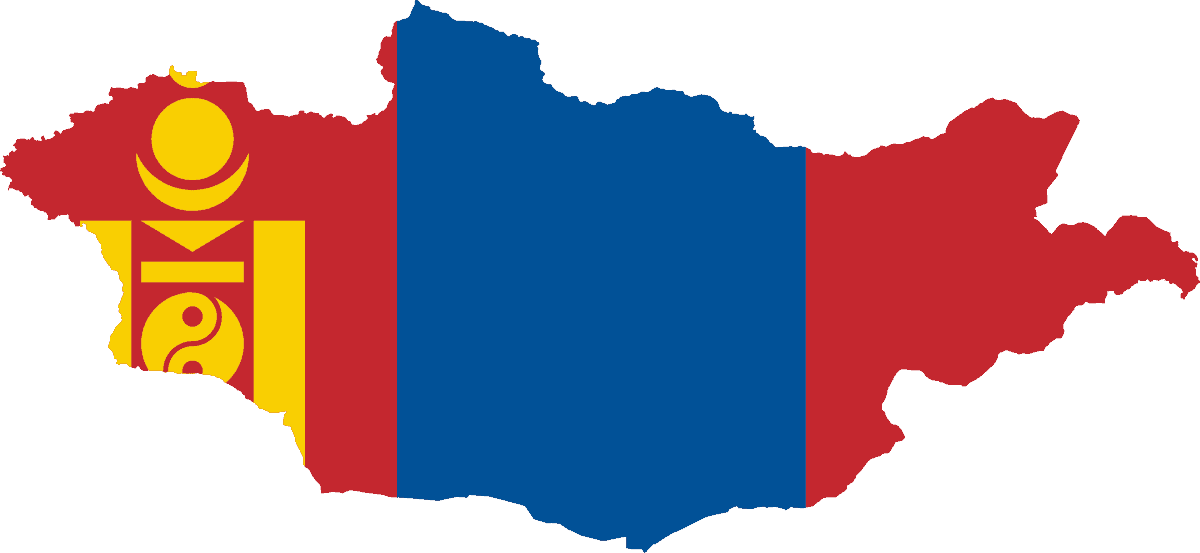
Motto of Mongolia
National animal of Mongolia
The National animal of Mongolia is Przewalski horse
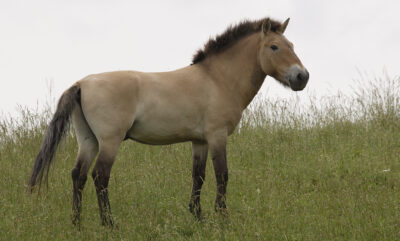
National flower of Mongolia
The National flower of Mongolia is Scabiosa. Botanical name is Scabiosa Comosa.
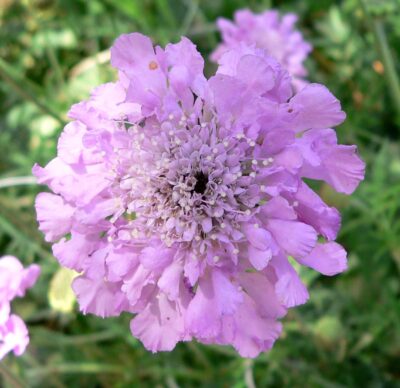
National bird of Mongolia
The National bird of Mongolia is Falcon
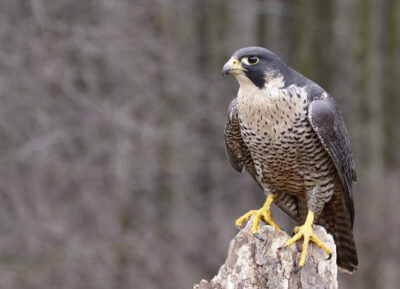
Rest of the National symbols of Mongolia 👇
-
FounderGenghis Khan
-
National dishBuuz
-
National danceThe Mongol Biyelgee
-
National dressDeel
-
National monumentMongolian sand national monument (Khongoryn Els)
-
National anthemView Anthem
-
National fruitSea buckthorn berry
-
National drinkAirag
-
National colorsBlue, red, and yellow
-
National sportsHorse racing
-
National treeShamaan Tree
-
National poetDashdorjiin Natsagdorj, Byambyn Rinchen, Hadaa Sendoo
-
National mausoleumSükhbaatar's Mausoleum
-
National museumNational Museum of Mongolia
-
Highest peakKhüiten Peak
-
National football teamMNG
-
Tourism sloganNomadic by Nature
-
Emoji flag????????
-
National airlineMIAT Mongolian Airlines
-
National instrumentMorin Khuur
-
National heroGenghis Khan
-
PresidentUkhnaagiin Khürelsükh
-
Prime MinisterLuvsannamsrain Oyun-Erdene
-
Olympics CommitteeMongolian National Olympic Committee
-
PassportPassport of Mongolia
-
Air ForceMongolian Air Force
-
Mythical CreatureAlma
Neighbouring countries of Mongolia
Mongolian Proverbs - Popular quotes, proverbs and sayings.
You will have four nights taking a short cut. You can’t put two saddles on the same horse. Wise men talk about ideas, intellectuals about facts, and the ordinary man talks about what he eats. Who cleans up the dirt washes away happiness. Two bears in one cave will not end up well. Times are not always the same; the grass is not always green. There are men who walk through the woods and see no trees. The winner has many friends, the loser has good friends. The supreme treasure is knowledge, the middle treasure is children, and the lowest treasure is material wealth. The more you listen the more you give yourself room for doubt. The meat-biting tooth is in the mouth; the man-biting tooth is in the soul. The living denied a table; the dead get a whole coffin. The fish sees the bait not the hook; a man sees not the danger — only the profit. The donkey recognises the tracks of a horse. The distance between heaven and earth is no greater than one thought.

